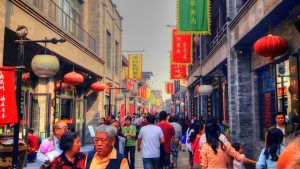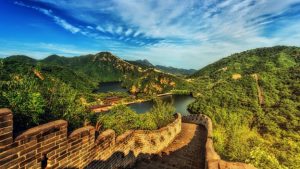China’s Ancient History with its Gender and Children’s Development
Embarking on an enchanting journey through ancient China, artifacts and tombs hold silent stories of lives past, unveiling how gender roles and childhood molded the ancient world. Burial practices, reflected in the Shang, Zhou, and Han dynasties, reveal profound insights into societal roles. Artifacts illuminate women’s lives, showcasing daily roles and subtle influences. Childhood relics paint a vivid picture of nurturing and education during various epochs. In the Han Dynasty, leaders recognized children’s pivotal role, laying the foundation for a robust empire. The evolving narrative underscores cultural evolution and invites reflection on ancient norms.



